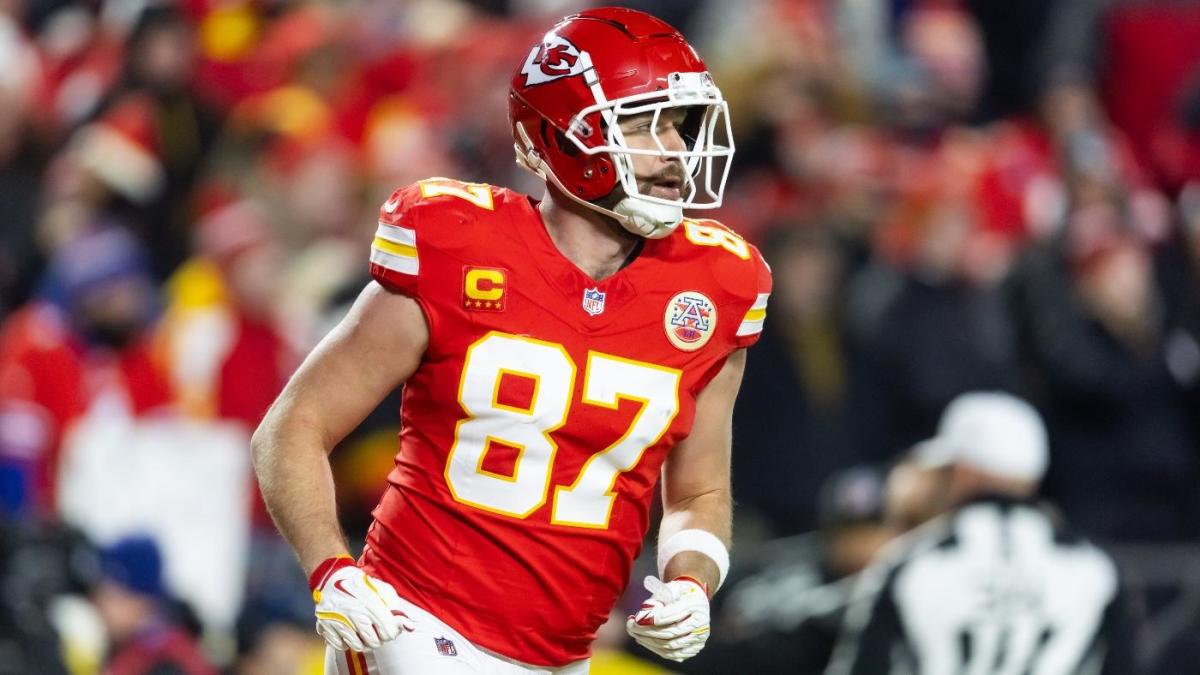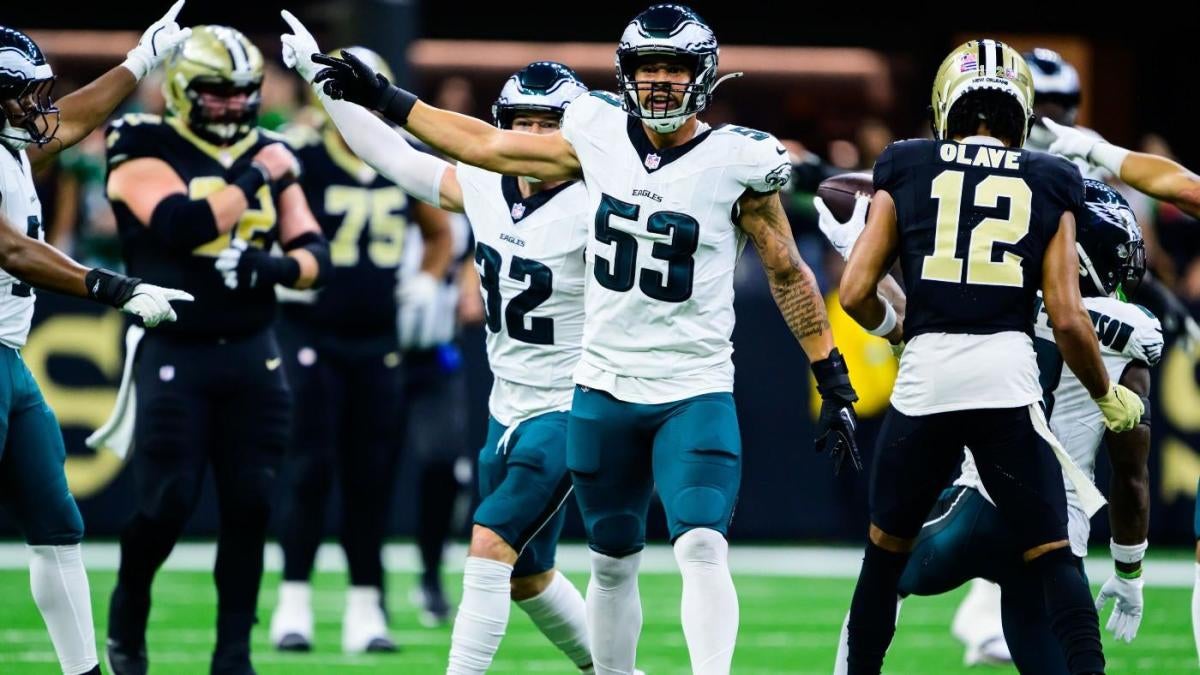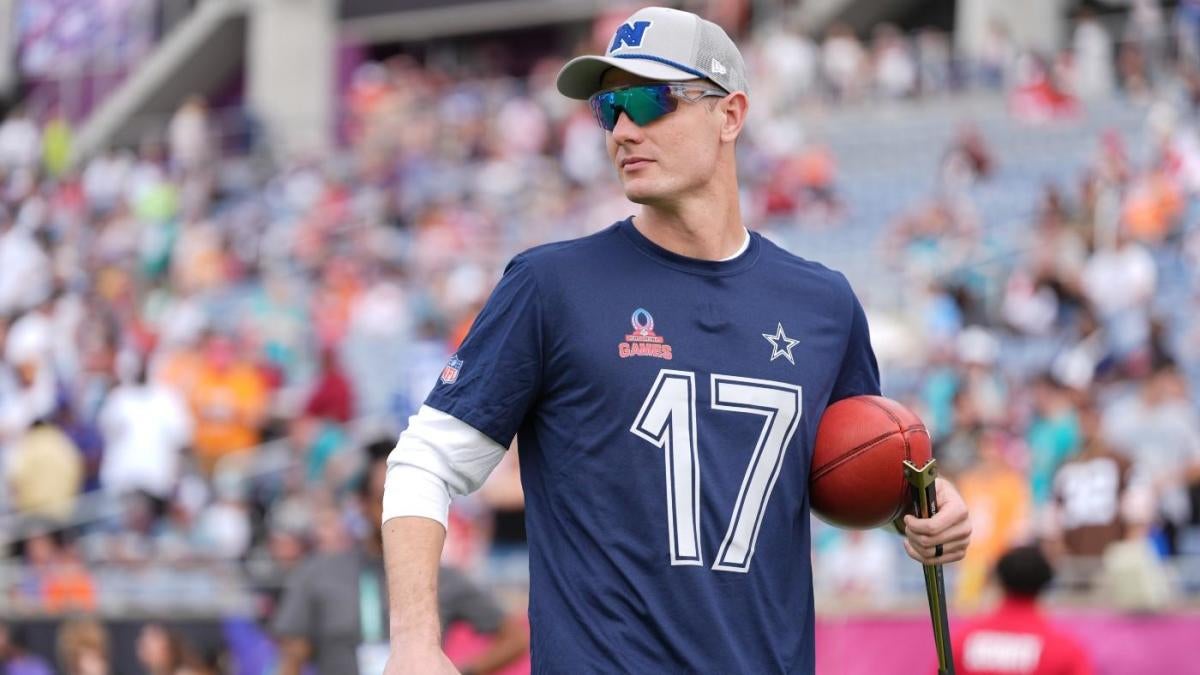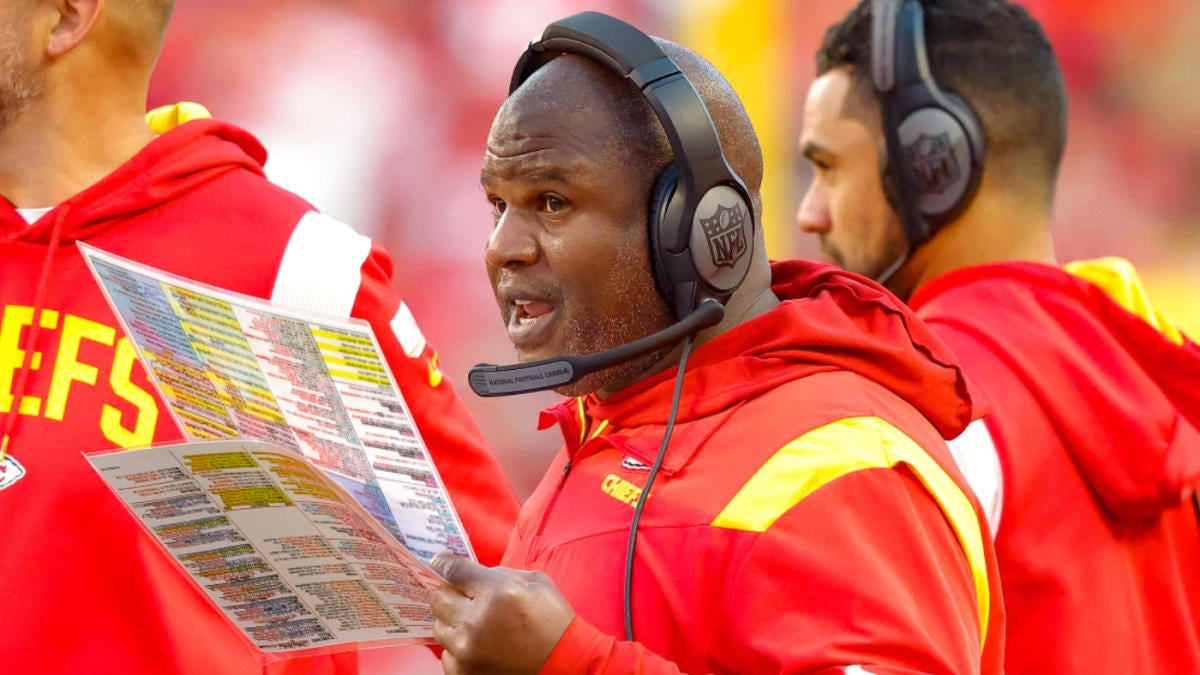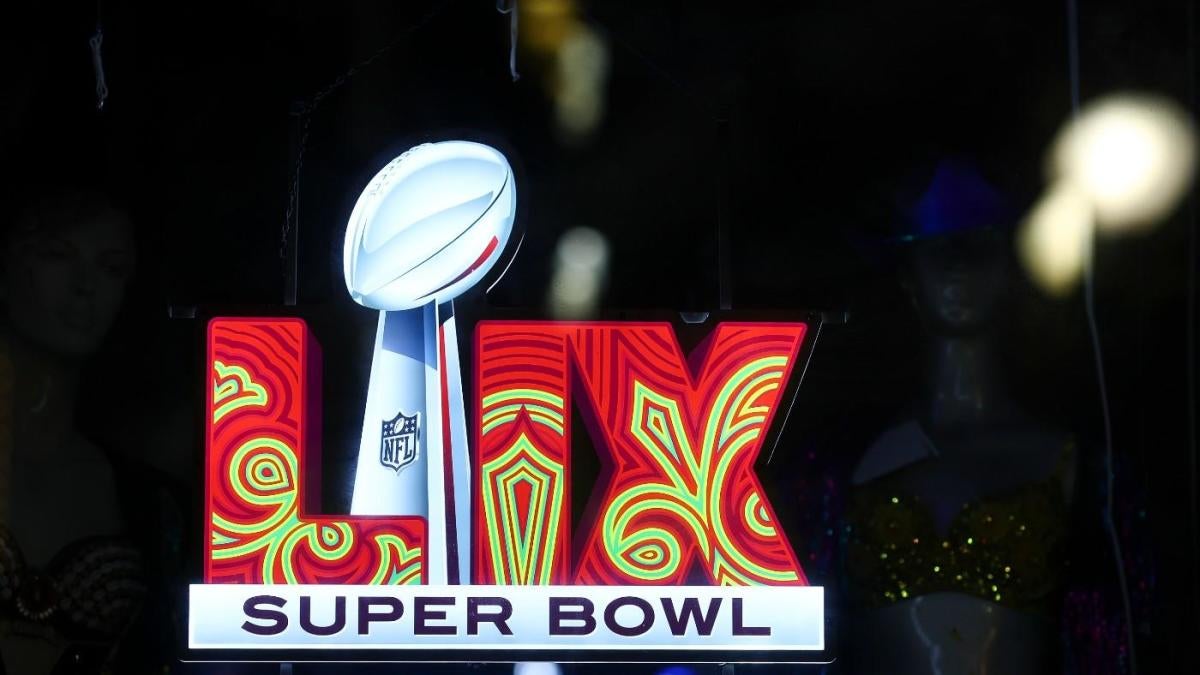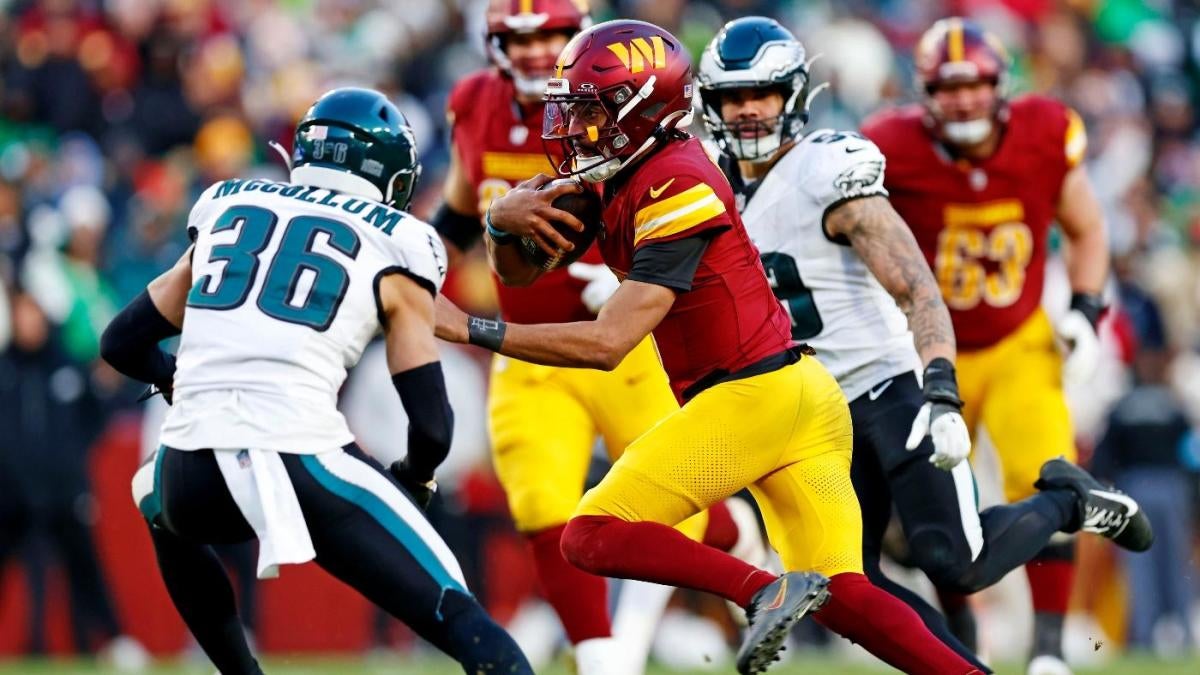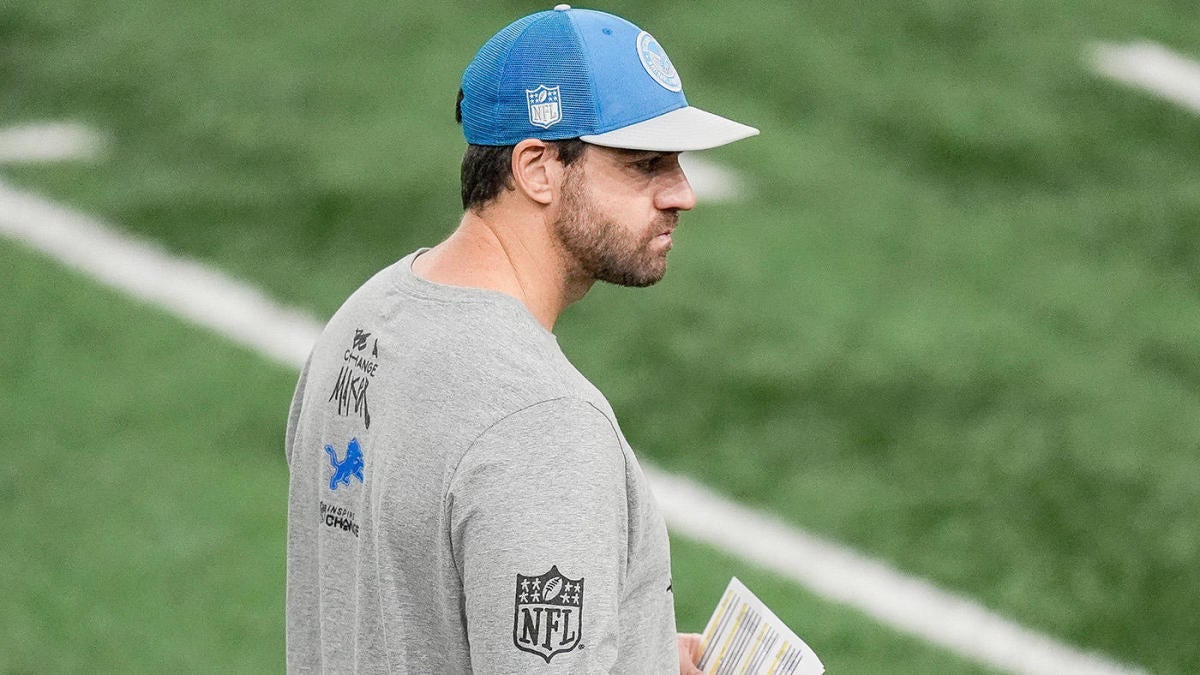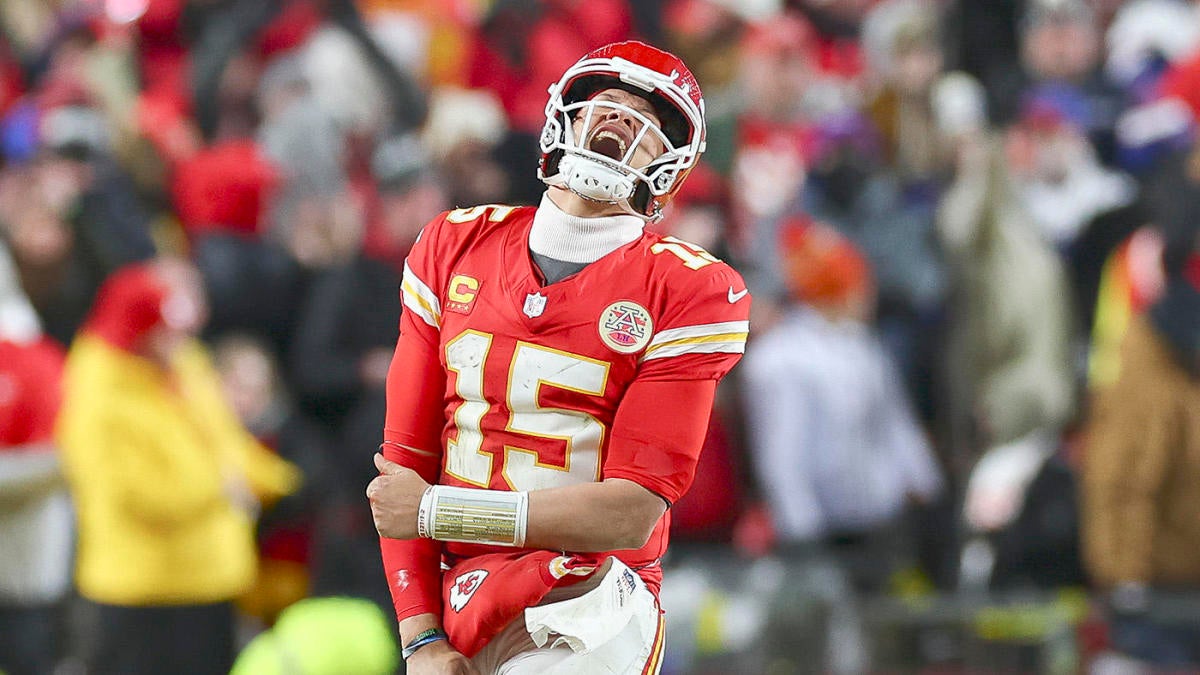
Every sports generation undergoes change, whether it is the type of players entering the world of sports or changes in management and rules. Some of these rule changes alter the sport forever, giving it a new direction.
Thus, here are the ten rule changes in the NBA (with the respective year of introduction) that have made this game as spectacular and exciting as we can admire today.
1947: Ban on Zone Defense
In the 1940s, basketball was very different from what we see today: there were fewer rules, and players were freer to move and shoot. For this reason, over the years, a series of rule changes were introduced to improve the game, making it more spectacular.
Chronologically, one of the first changes made to the NBA rules took place in the distant 1947: at that time, zone defense was banned to prevent strong defensive resistance, thus favoring the game and the dominance of the superstars.
1951: The Area Expanded from 1.83 to 3.66 meters
In the 1950s, following the dominance imposed by George Mikan, a former player of the Minneapolis Lakers, the NBA made changes to the court dimensions to curb the physical dominance of the five-time NBA champion.
They decided to expand the area, doubling its size from 6 to 12 feet, i.e., from 1.83 meters to 3.66 meters. This modification of the playing field helped defenses significantly in facing those Lakers, slowing their advance considerably.
1954: Introduction of the 24-Second Rule
It was in 1950 when the Fort Wayne Pistons unexpectedly defeated the Minneapolis Lakers 19-18 in what became known as the lowest-scoring game in history.
The reason for this result can be traced to the playing strategy imposed by the Pistons’ coach, who instructed his players to hold the ball for as long as possible, nullifying the opponents’ dominance.
From that moment on, the NBA realized it needed to favor the game, encouraging teams to take shots by limiting the duration of possessions to 24 seconds, following an idea from the then-owner of the Syracuse Nationals, Daniel Biasone.
1964: The Lane Expanded from 3.66 to 4.88 Meters
After George Mikan, the 1960s marked the era of domination by Wilt Chamberlain, holder of the points scored in a game record. The two-time NBA champion was more athletic, taller, and more physical than any other player in the league at that time.
For this reason, in 1964, the NBA made the decision to lengthen the area under the basket, expanding it from 3.66 meters to 4.88 meters, in an attempt to stop Chamberlain’s dominance.
1979: Hand-Checking Banned
Following the physicality of then-San Antonio Spurs player George Gervin, a pure defender with extraordinary intelligence and strength, the NBA decided to make further changes to its game rules.
In 1979, hand-checking was banned—this refers to the illegal use of the hand or arm to impede or influence an opponent’s movement, with or without the ball, thus making the offensive phase of the game more exciting.
1980: Introduction of the Three-Point Line
In 1980, a true revolution occurred in the game of basketball: the three-point line was introduced, making famous players like Reggie Miller, Ray Allen, and Stephen Curry, who top the list of best three-point shooters.
The NBA’s goal was to encourage teams to execute faster plays, even attempting longer-range shots, which significantly shortened the duration of possessions.
1991: Modification of the Flagrant Foul Rule
In 1991, the NBA changed its rules once again. But this time, it wasn’t an attempt to curb the dominance of a player or to introduce a new variation of the game; it was about player safety.
For this reason, in 1991, rules were implemented regarding the flagrant foul, also known as the unsportsmanlike foul, which, as explained in this article, can be of two types depending on its intensity and danger.
1995: Three-Point Line Moved Closer and Stricter Hand-Checking Rules
In this case, two rule changes were introduced during the season. The first, moving the three-point line closer, aimed to increase shooting efficiency (which, between the 1994 and 1995 seasons, improved from 33.6% to 35.9%).
The second change involved stricter enforcement of the hand-checking rule, which had been banned in 1979 but was still widely practiced in the NBA during the 1990s.
2002: Legalization of Zone Defense
In 2002, the NBA witnessed the dominance of another giant: Shaquille O’Neal, a center with an immense build and incredible strength.
For this reason, to make the league more competitive by “fighting” Shaq’s physical dominance, the NBA decided to reintroduce zone defense, encouraging ball movement and dribbling between players.
2005: Hand Checking Banned Permanently
With the return of zone defense, hand-checking was permanently abolished because the defensive phase was becoming increasingly physical and aggressive, and the superstars were struggling to express their game to the fullest.
Go to Source
Author: Team Dunkest
December 27, 2024 | 3:45 am






